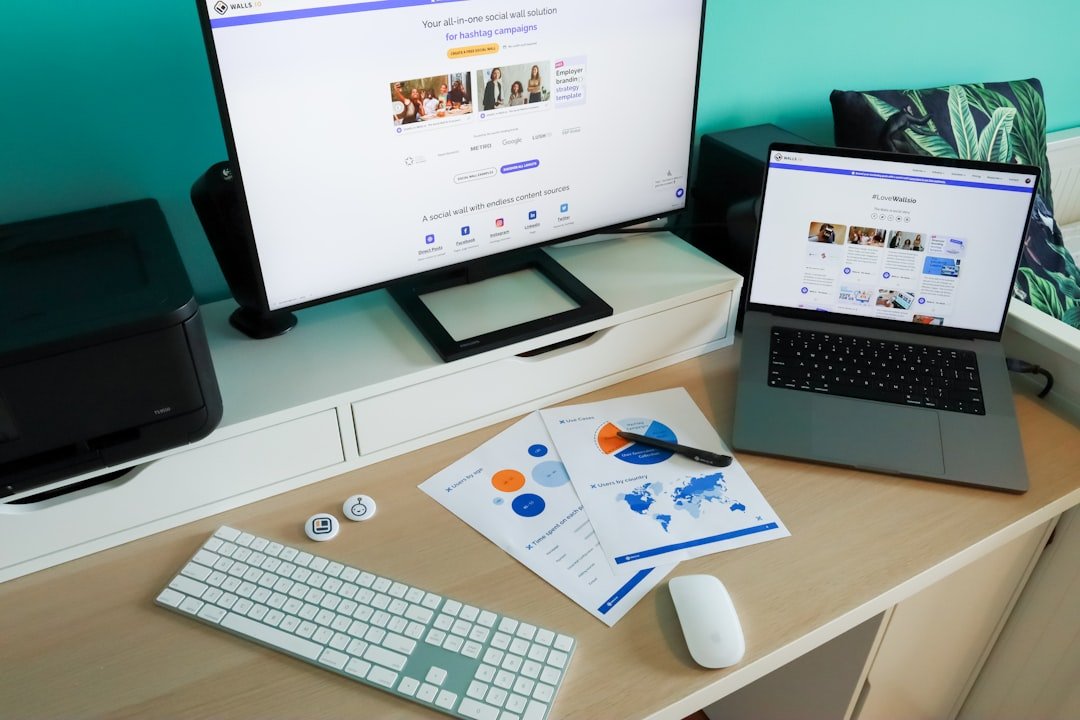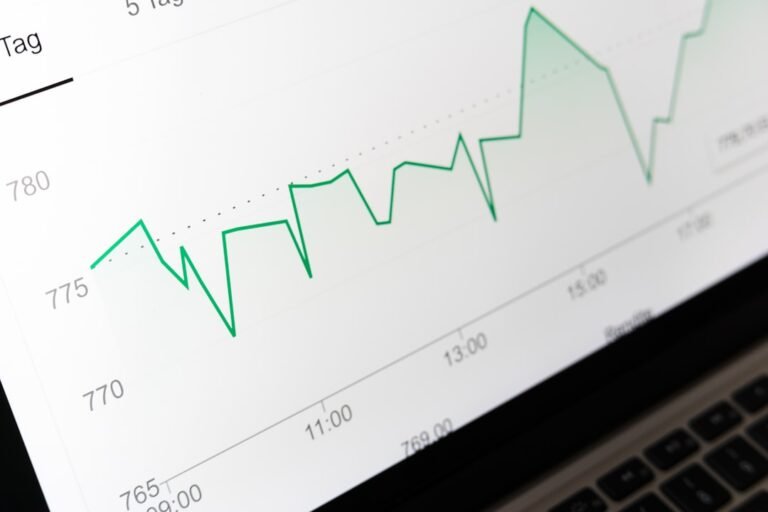is digital marketing profitable
*Published on October 16, 2025*
—
Introduction
The question **“is digital marketing profitable?”** is on the mind of every business owner, marketer, and entrepreneur looking to grow online. In today’s data‑driven landscape, digital marketing offers measurable results, but profitability isn’t guaranteed automatically. This article breaks down the factors that determine whether digital marketing delivers a positive return on investment (ROI), explores the most profitable channels, and provides actionable strategies to turn clicks into cash.
—
Understanding Profitability in Digital Marketing
What Does “Profitable” Mean?
- **Revenue vs. Cost** – Profitability is the difference between the revenue generated by a campaign and the total cost of running it (ad spend, tools, labor, etc.).
**ROI (Return on Investment)** – The standard metric used to express profitability:
\[
\text{ROI} = \frac{\text{Revenue} – \text{Cost}}{\text{Cost}} \times 100\%
\]
Why Profitability Matters
- Guides budget allocation across channels.
- Helps justify marketing spend to stakeholders.
- Enables scaling of high‑performing tactics while cutting waste.
—
Key Metrics to Measure Digital Marketing Profitability
Primary KPI Dashboard
| Metric | Why It Matters | How to Calculate |
|——–|—————-|——————|
| **Customer Acquisition Cost (CAC)** | Shows how much you spend to gain a new customer. | Total marketing spend ÷ Number of new customers |
| **Lifetime Value (LTV)** | Indicates the total revenue a customer will generate. | Average purchase value × Purchase frequency × Customer lifespan |
| **Conversion Rate** | Directly ties traffic to revenue. | Conversions ÷ Total visitors × 100% |
| **Cost per Lead (CPL)** | Helps assess lead‑generation efficiency. | Total spend ÷ Number of leads |
| **Return on Ad Spend (ROAS)** | Specific to paid campaigns. | Revenue from ads ÷ Ad spend |
Supporting Metrics
- **Click‑Through Rate (CTR)** – Measures ad relevance.
- **Engagement Rate** – Gauges content resonance on social platforms.
- **Bounce Rate** – Indicates landing page effectiveness.
—
Factors That Influence Digital Marketing Profitability
1. Target Audience Precision
- Highly segmented audiences reduce wasted impressions.
- Use look‑alike audiences and buyer personas to improve relevance.
2. Creative Quality
- Compelling copy and visuals boost CTR and conversion rates.
- A/B testing ensures you’re using the best-performing assets.
3. Funnel Optimization
- Align messaging across awareness, consideration, and decision stages.
- Implement retargeting to capture warm leads.
4. Technology Stack
- Marketing automation, CRM integration, and analytics platforms streamline data collection and attribution.
5. Budget Management
- Allocate spend based on channel ROI, not just popularity.
—
The Most Profitable Digital Marketing Channels
Search Engine Marketing (SEM)
- High intent keywords often deliver the best ROAS.
Tips:
Use exact match, negative keywords, and ad extensions.
Email Marketing
- Low cost, high LTV impact.
- Personalization and segmentation can increase revenue per email by up to 30%.
Content Marketing & SEO
- Long‑term organic traffic reduces ongoing ad spend.
- Evergreen content can generate leads for years with minimal maintenance.
Social Media Advertising
- Profitable when targeting niche communities (e.g., LinkedIn for B2B, Instagram for lifestyle brands).
Affiliate & Influencer Partnerships
- Performance‑based payouts ensure you only pay for results.
—
How to Maximize ROI and Make Digital Marketing Profitable
Step‑by‑Step Framework
1. **Set Clear, Revenue‑Focused Goals**
Example:
“Generate $50,000 in sales from Facebook ads within 90 days.”
2. **Conduct a Baseline Audit**
- Review past campaign data, identify high‑performing assets, and note cost inefficiencies.
3. **Develop a Data‑Driven Audience Strategy**
- Leverage first‑party data, CRM insights, and platform analytics.
4. **Create High‑Converting Creative Assets**
- Use the **AIDA** model (Attention, Interest, Desire, Action).
5. **Implement Robust Tracking & Attribution**
- Set up UTM parameters, conversion pixels, and multi‑touch attribution models.
6. **Optimize Continuously**
- Weekly performance reviews, split testing, and budget reallocation based on ROAS.
7. **Scale Successful Campaigns**
- Increase spend on proven ad sets while maintaining CPA thresholds.
Quick Wins for Immediate Profitability
- **Reduce CPC by 10–15%** – Refine keyword match types and improve Quality Score.
- **Increase Email Open Rates** – Test subject lines and send times.
- **Boost Landing Page Conversion** – Add clear CTAs, trust badges, and social proof.
—
Real‑World Case Studies
| Business | Channel | Investment | Revenue Generated | ROI |
|———-|———|————|——————-|—–|
| **E‑commerce fashion retailer** | Instagram Shopping + Retargeting | $12,000/month | $84,000/month | 600% |
| **SaaS B2B company** | LinkedIn Lead Gen Forms | $8,000/month | $48,000/month | 500% |
| **Local HVAC service** | Google Local Services Ads | $3,000/month | $21,000/month | 600% |
Key takeaway:
* When campaigns are tightly aligned with audience intent and funnel stage, digital marketing can be highly profitable across industries.
—
Common Pitfalls That Hurt Profitability
- **Ignoring Attribution** – Mis‑crediting conversions leads to budget misallocation.
- **Over‑Targeting** – Extremely narrow audiences can drive up CPC without enough volume.
- **Neglecting Mobile Optimization** – Poor mobile experiences increase bounce rates and lower conversions.
- **Skipping Testing** – Relying on a single ad creative or landing page limits growth potential.
—
Frequently Asked Questions (FAQ)
*Q:
Is digital marketing always profitable?**
A: Not automatically. Profitability depends on strategy, execution, and continuous optimization.
*Q:
How long does it take to see a profit?**
A: Results vary; paid campaigns can show ROI within weeks, while SEO may take 3–6 months for measurable profit.
*Q:
Should I focus on one channel or multiple?**
A: Start with the channel that best matches your audience’s buying journey, then diversify as you gather data.
*Q:
What is a good ROAS benchmark?**
A: A ROAS of 4:1 (or 400%) is often considered healthy, but benchmarks differ by industry.
—
Conclusion
Answering the core question—**is digital marketing profitable?**—the short answer is **yes**, provided you treat it as a measurable, data‑driven investment rather than a cost center. By defining revenue‑focused goals, tracking the right metrics, and continuously optimizing campaigns, businesses can achieve strong ROAS and sustainable growth.
Remember: profitability isn’t a one‑time achievement; it’s an ongoing cycle of testing, learning, and scaling. Implement the framework outlined above, stay vigilant with analytics, and you’ll turn digital marketing spend into a powerful profit engine.
—
*Ready to boost your digital marketing profitability? Start with a free audit of your current campaigns and discover the low‑hanging ROI opportunities today.*
About Relvixis: Relvixis is a Canadian-based digital agency specializing in results-driven solutions for businesses looking to grow online.
We offer expert services in SEO optimization, web development, social media management, and marketing automation.
Our team blends creative strategy with technical precision to drive leads, enhance brand visibility, and accelerate digital performance.
To learn more or schedule a free consultation, visit
relvixis.com.







